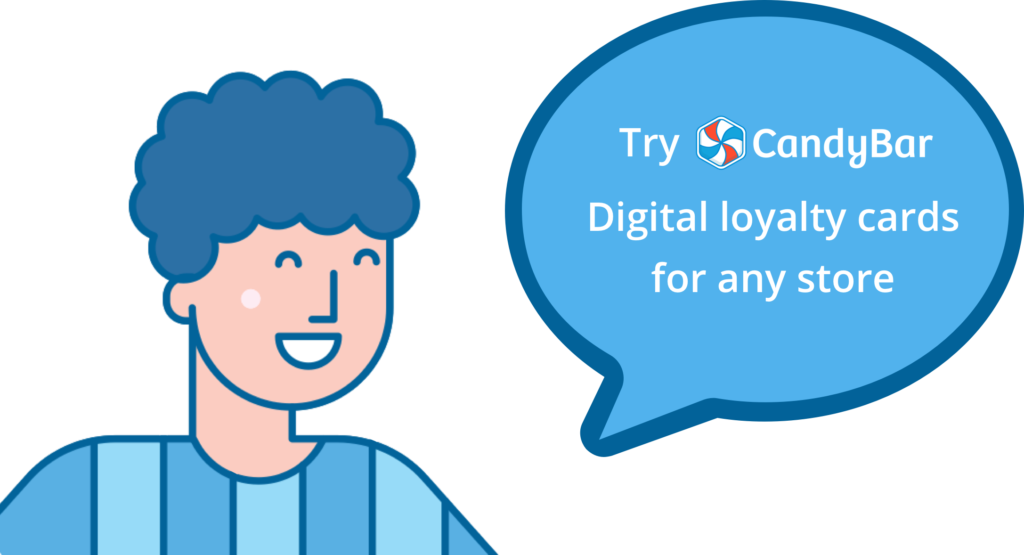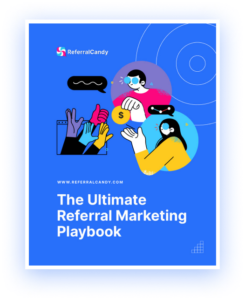There’s nothing better than looking out over your restaurant and seeing every single table full.
It means the back and front of house are working at their full capacity, food waste will be less, and most importantly the profit margin will be higher.
But every restaurant has slow hours. Hours where one or two tables are sat, the servers are rolling silverware and the kitchen doing prep work for the next rush. While reset time is quite helpful for the efficient running of a restaurant, when that slow hour turns into hours, stress begins to set in.
Off-peak hours can mean tighter margins and higher labor costs. In fact, ever since the 2008 recession, traffic to US restaurants hasn’t really budged from either flat or a meagre 1% increase.
In this article, we’ll dive deep into strategies to fill up those tables at all hours of the day.
1. Identify your slow hours
Before we go into strategies, the most important first step is to figure out when you’re the slowest. Yes, go with your gut, but back your gut up with numbers. Your POS should be tracking daily and hourly sales.
Graph out your week and pinpoint the times you are consistently at low capacity. The results could surprise you! This step is crucial to any strategy.
Without identifying your trouble areas and noting the numbers, you won’t be able to determine if any plan you deploy is effective.
Once you’ve identified the areas that need growth, then it’s time to decide on a strategy to boost those numbers.
Email Marketing
Email isn’t dead.
Building an email list is an invitation to someone’s inbox. It’s telling you that that customer wants to know about your restaurant. They want to be informed of new menu items, events, and specials.
And the bonus about email? It’s gratis. Free.
That’s why it’s number one on this list. Restaurants are generally running on tight budgets, and any free tool is a welcome one. The only possible cost of your email marketing efforts could be your CRM (Customer Relationship Management).
Your email list is a beautiful database of all your loyal customers. If you curate your list properly, you can shoot off an email at the drop of a hat and have a busy restaurant in a few hours.
A few tips on curating your email list:
- Make them feel special. Send out offers just for them.
- Ask their input on possible new menu items. Giving them a sense of ownership in your restaurant will only increase their loyalty.
- Be sure to capture their birthday when they sign up and send them a free entrée once a year. They’ll more than likely bring their friends along for their birthday dinner!
For example, Sunny Street Café has set up an automatic email sent to customers 2 weeks before their birthday. They are invited in for a free entrée, and the restaurant is more than likely the first person to wish them a happy birthday!
Theme Days
Taco Tuesday isn’t popular just because it is fantastic alliteration. It’s popular because it’s consistent (and who doesn’t like a taco?).
You’ve all seen restaurants with, generally highly alliterate, themes. There’s Margarita Monday, Wine Wednesday, Trivia Night, and Thirsty Thursday. The names are catchy, easy to remember, and very effective. There will be a week where you’re craving a margarita and you’ll know exactly the place to go get it.
Running consistent themes not only lets your customers know what to expect, they will also bring their friends along.
Consistency keeps popping up in this tactic. That’s because it’s key to any successful Theme Day. Theme Days can take time to catch on and require marketing at the beginning. Once they take off, they start promoting themselves via word of mouth.
Structuring your theme day
Think of theme days as weekly happy hour specials. Happy hour doesn’t have to be an alcoholic deal.
For example, Steak & Shake runs a very successful happy hour that promotes their shakes and drinks from 2-4pm and 2-4am.
This is why identifying your off-peak hours is so crucial. Choose a 2 – 3 hour window during your slowest times to run your theme day special.
2. The power of the snack
A casualty of the 2008 recession is the standard 3 big meal diet. Snacking has been on the rise ever since. The recession made for tighter wallets, which made for deal hawks, which made for smaller orders, which made for more snacking because guests didn’t get enough at their main meal.
More snacking means the rise of the appetizer.
According to Technomic’s Starters, Small Plates & Sides Consumer Trend Report, almost 4 out of 10 customers order an appetizer at nearly every restaurant visit. Though appetizers are smaller plates and cheaper than full entrees, they are a fantastic avenue to introduce guests to new ideas your kitchen is cooking up.
A theme day strategy harnesses the power of the snack. Featuring certain appetizers on special during your theme days is the ideal way to get guests hooked on your delicious food. Think of it as a pleasant introduction.
For example, Arch City Tavern has successfully promoted their sliders for happy hour to great success. Famous for their burgers, they took them and made them miniature, increasing the snack-ability of the dish.
3. Host meetings
Having weekly or monthly meetings gather at your restaurant is another tactic to boost off-peak hours. Not only do they fill tables, they are an almost guaranteed source of revenue.
The space
Do you have a space for meetings? If not, think of a corner or area that is a bit more closed off from the main dining room. Create a warm and welcoming spot for large groups. If you have the ability to put in A/V capabilities, that’s highly suggested.
Giving groups the opportunity for presentations opens your restaurant to even more possibilities.
The group
The tricky part about this strategy is finding groups to meet at your place.
A: Join your local Chamber of Commerce or business owners group
They generally meet weekly or monthly, and most try to rotate to different member restaurants or businesses each time. If you can invite the group to your restaurant, you are introducing a prime market to your food. Local businesses are always looking for places to have lunch, to take clients, or to kick back and relax after a long day on the job.
To make this really work be sure to attend the group meetings. Show that you are involved and invested the community, and the community will invest in you.
B: Poke around on meetup.com or a similar service
This will give you an idea of how many groups are meeting in your town or city. They could run the gamut, from a book club to a networking meet up to a knitting club.
If you reach out to the organizer and invite them to your restaurant, offer them a special just for their group. Better yet join a meetup yourself and have your group come to your place!
For example, the Three Legged Mare has installed A/V capabilities and sectioned off a part of their restaurant just for larger groups. They even put a “reserve” call to action on their website to further promote their meeting space.
4. Tech upgrade
According to a recent Forbes survey, 55% of restaurant goers say they eat out because it’s convenient. Convenient in the age of technology doesn’t just mean close to home. It means online ordering, delivery, and loyalty programs.
It’s becoming more evident that restaurants who don’t start upgrading their tech could be lost to a rising new structure in the restaurant industry.
Delivery
2017 saw the explosion of services like UberEats. Delivery now accounts for 3% of total restaurant transactions. Some restaurants are even building specials counters for delivery and pickup only for ease of use.
For a guest, the ease of tapping a menu on their phone and having a delicious hot meal delivered right to them is an almost magical experience.
There is a downside though. More delivery could mean fewer bodies in the restaurant, which means fewer tips for your wait staff, which could lead to lower employee happiness and employee retention rate. Finding and training new employees is a high cost for a restaurant.
If a restaurant decides to do delivery, there must be other strategies in place to continue getting people to the actual restaurant.
Online ordering
Not unlike delivery, ordering online before going to a restaurant saw a massive increase in 2017. In fact, according to a Fortune study, orders booked online or via an app like Oddle makes up 6.6% of all orders in the industry.
The pros are clear for a customer: no more waiting in line. The pros for a restaurant: more customers, more orders, and more people through the door.
For example, Panera has introduced Rapid Pick Up. Customers can order online, park in the reserved Rapid Pick Up Only parking spots, and go straight to the pick up counter. Their meal will be there waiting for them. Less friction, easy to order.
Loyalty programs
A loyalty program is not unlike your powerful email list. Your email list may be your loyal customers, but those in your loyalty program are your most valued.
Like stated above, the 2008 recession hit quite a few wallets pretty hard. Consumers are getting better and better at finding the sweetest deals. Here is where a loyalty program is so beneficial. It is the best deal your customer could probably find, but always at your restaurant.
Making a new customer a repeat customer is the ultimate gateway to success in the restaurant industry. A loyalty program is key to making that happen. You can reward customers for repeat visits, accruing points, or send them a push notification on their phone offering them a free beverage if they haven’t been in for a while.
For example, Mission Juice started using CandyBar and have seen higher customer retention. (To be exact, they signed 1,704 customers onto their program in less than a year!) They also were able to add a new much needed feature for their custom: bulk online ordering.
Boost your off-peak hours
Those slow hours you dread don’t have to be slow anymore. You can bring people into your restaurant by implementing any (or all!) of the strategies listed above.
Determine your off-peak hours.
Decide on your strategy.
Implement it!
Your sales will start picking up before you can believe it.



